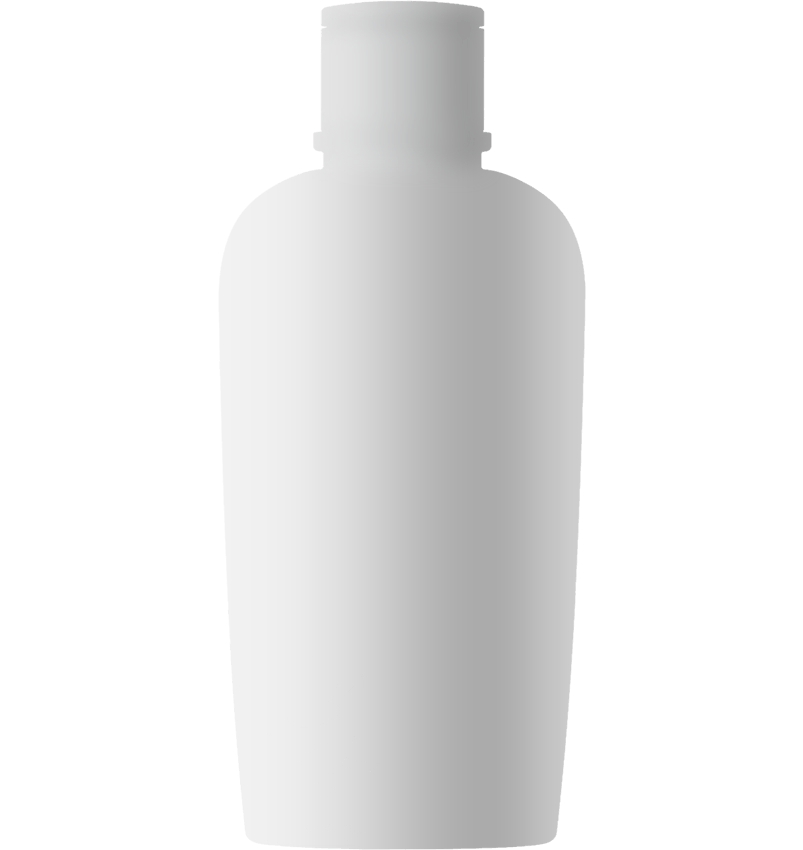Buccal Fat Removal
In recent years, facial contouring has become an increasingly popular cosmetic procedure, helping individuals achieve a more defined and sculpted appearance. Among these procedures, buccal fat removal has gained significant attention. This minimally invasive surgery focuses on removing excess fat from the cheeks, enhancing facial harmony, and creating a more chiseled look. In this blog, we will explore buccal fat removal, its benefits, the surgical process, recovery, and how it can enhance facial aesthetics and confidence.
Comprehensive Surgical Procedure: Buccal Fat Removal Detailed Breakdown
Surgical Methodology:
Buccal fat removal is a relatively simple, outpatient procedure performed under local anesthesia or light sedation. It involves the precise removal of fat pads from the lower cheek area.





